LANGUAGES

LANGUAGES

This Sunday, Folsom Street in San Francisco between 8th and 13th streets will close down to car traffic and welcome over 400,000 people to the largest kink and leather event of its kind. If you’ve never attended a Folsom Street fair, you’ve surely seen photos. But how did we get here?
To dig into the history of the Folsom Street Fair is to walk through the development of San Francisco from post-WWII port city to its current state, and weaves with it the narratives of gay rights, the war on poverty and the emergence of the leather and kink subculture.
Here’s a run-down of how the truly one of-a kind event came to be:
'40s
In the 1940s, thousands of male servicemen were given “blue discharges” for homosexual conduct. They landed back in the nation’s major port cities, contributing to the burgeoning gay populations in cities like New York, Chicago and San Francisco.
San Francisco’s South of Market (SoMa) neighborhood (the epicenter of SF’s gay leather scene and where Folsom St. Fair takes place) was a poor, working class neighborhood where many single men resided. Honky-tonks, whorehouses, and gambling dens were scattered throughout the area.
’60s
By the mid-’60s, SoMa emerged as a hub of the gay leather scene. The first leather bar in SoMa was the Tool Box, which opened in 1961 at 339 4th St. (which is,of all things, now a Whole Foods). In 1964, Life magazine published an article called “Homosexuality in America,” profiling The Tool Box and cementing San Francisco and SoMa as the capital of gay deviance in the minds many Americans. More than ever, gays came flocking to the city.
At the same time there was a large activist movement in the city to fight poverty. One major player was the Society for individual rights (SIR), the largest queer organization at the time. SIR worked in SOMA to protect the neighborhood’s residents.
’70s
This strong community-based resistance to redevelopment efforts continued through the ’70s. In 1978, activists filed a series of lawsuits on environmental grounds which failed to halt the construction of the current Yerba Buena Park, convention center and museum complex. By the late ’70s, SoMa’s “miracle mile” included nearly 30 different leather bars, clubs, merchants and bathhouses.
'80s
Kathleen Connell and Michael Valerio began working with activist groups in 1980 and held the first Folsom Street Fair in 1984 as a community protest against redevelopment. A major goal (among many) was to establish the neighborhood not as a blighted area in need of rebuilding, but an already thriving community. The fair was called “Megahood.”
Another major component of the first fair was to proclaim healing and support for the LGBT community - and leather community - in the throes of the AIDS crisis. After the success of the first Folsom Street Fair, organizers created the “Up your alley fair” on Ringold Street in 1985. This fair moved to Dore Street (“Dore Alley”) between Harrison and Folsom in 1987.
As fundraising to combat AIDS continued to be a major priority, Folsom Street Fair quickly became more about the LGBT and leather communities, especially as the city continued to shut down bathhouses and bars due to concerns about public health.
90's and 00's
Through the ’90s and ’00s, the leather and kink components of the fair have taken center stage, and though the fair is still a largely gay event, it incorporates all sexualities and genders. Here are some images of the 1990 and 1993 Folsom St. Fairs, courtesy of Lloyd Cook.
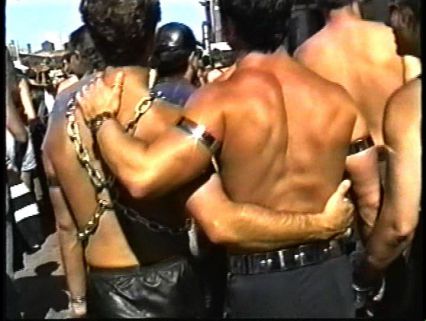
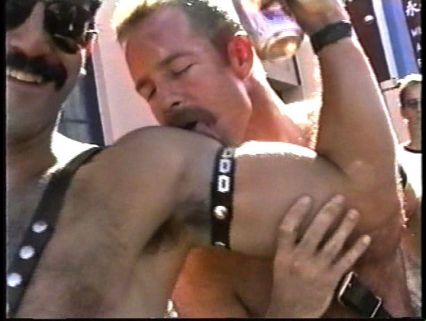
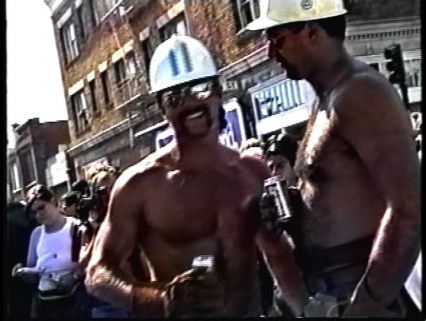
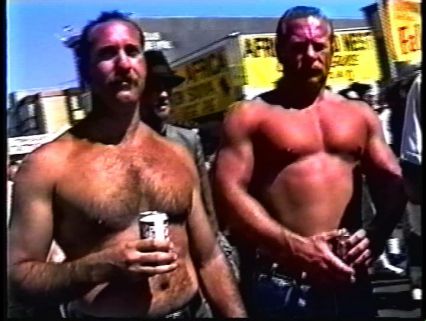
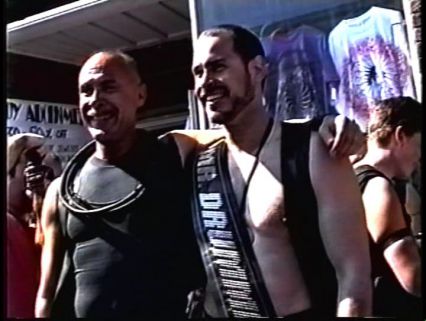
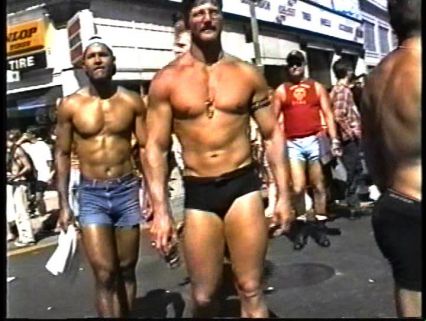
The fair now draws crowds in excess of 400,000 to the streets of SoMa every September. Spinoffs now include Folsom Street East (New York), Folsom Street North (Toronto), and Folsom Europe (Berlin).+
OTHER ARTICLES

MILLENNIALS
Nearly half of queer millennials are still in the closetIn 2018, it may seem that coming out has become a natural process for many LGBTQ people. But many are struggling to face their truth.

APPLE
First american company to reach one trillion value run by gay manAmerica's first public company to reach $1 trillion in value is none other than Apple.

KHLOÉ KARDASHIAN
Kim is anything but homophobicThe Kardashian kraze is usually an exhausting saga to keep up with (no pun intended) but this week's has been particularly exhausting.
OLDER ARTICLES
LATEST FORUM UPDATES
Babu600, Sunday, 27.6.2021 / 21:24
frankyandy01, Monday, 24.5.2021 / 1:45
Heisenberg, Friday, 1.7.2016 / 17:47
Heisenberg, Wednesday, 6.4.2016 / 22:53
Falconer, Wednesday, 24.6.2015 / 23:40
Falconer, Sunday, 8.3.2015 / 9:28
Falconer, Sunday, 8.3.2015 / 9:15
Falconer, Sunday, 8.3.2015 / 9:09
Heisenberg, Monday, 23.2.2015 / 3:40
Ryder, Wednesday, 11.2.2015 / 18:02
NEW ARTICLES
POPULAR ARTICLES